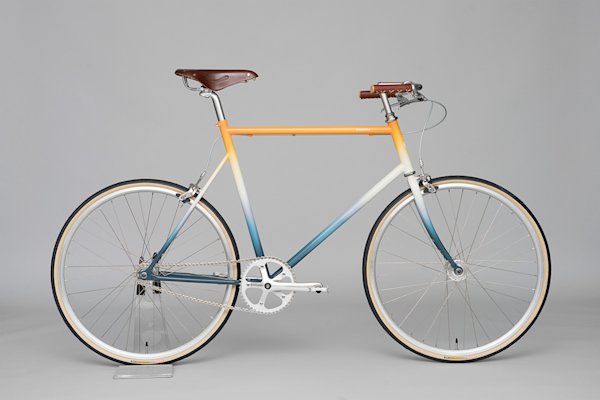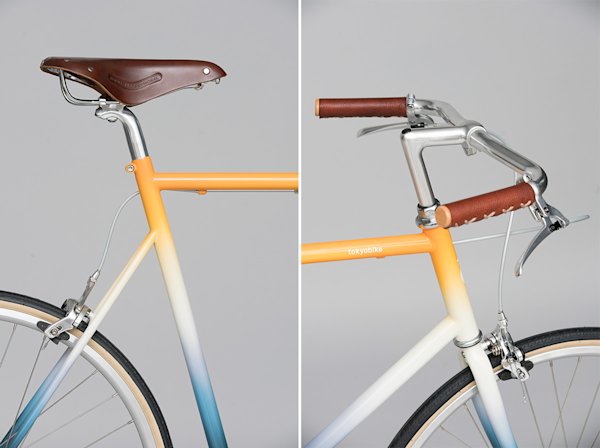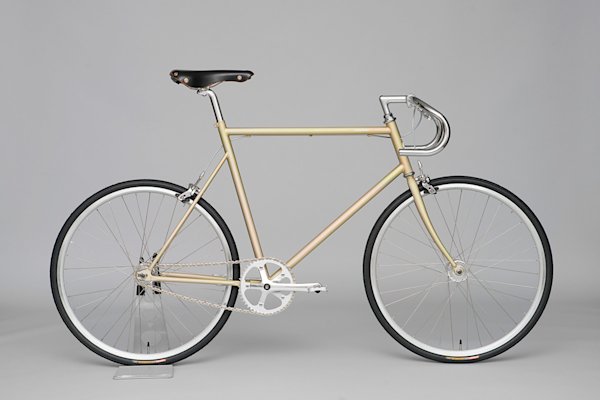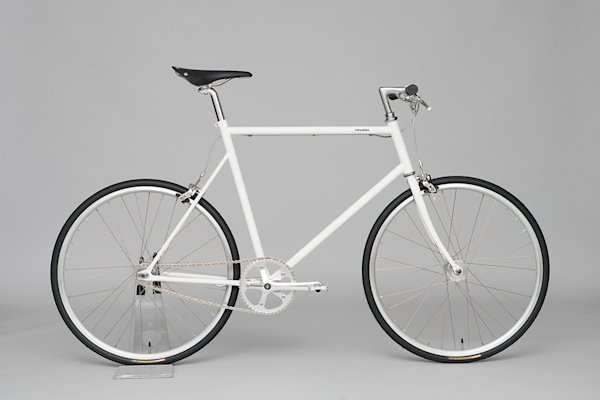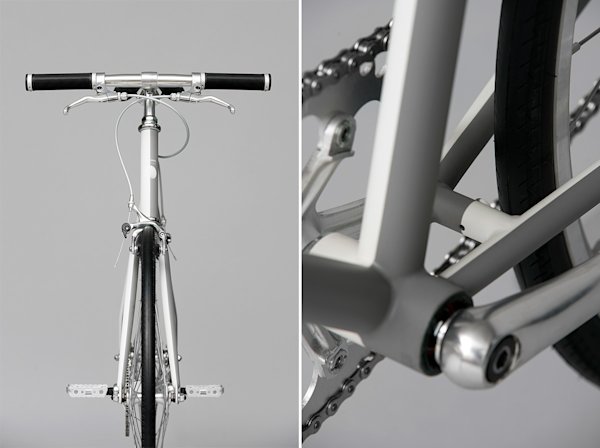The history of tokyobike is quite simple—the name says it all. In 2002, founder Ichiro Kanai created a perfectly minimal bicycle for exploring his hometown of Tokyo. With clean lines, sporty geometry, a strong CrMo steel frame and superior components, the bike was both a pleasure to ride, and pleasant to look at. As a result, it caught on quick, both around Asia and eventually in Europe too. But it wasn’t until a decade later that tokyobike found a route to the Americas, by way of rather serendipitous circumstances and a couple from New York.
Long after first finding tokyobike in Japan, entrepreneur Dean Di Simone emailed tokyobike’s founder inquiring about how to buy a bike in New York, to which Kanai replied—months later—that he’d been looking for a partner to aid in expanding operations to the U.S., and proposed they meet. A few days later a deal had been struck. Dean and his wife Juliana Rudell Di Simone, a Brazilian-born model with a graduate degree in international marketing and strategy, were officially partners in tokyobike in the Americas. The two quickly got to work, and in 2014 opened tokyobike’s first physical presence Stateside in New York City.
Now running the show on her own as Dean focuses on design brand OTHR, Juliana has extended tokyobike’s presence to Los Angeles, with another showroom opening in Mexico City later this month. As it turns out, the aesthetic-driven design of tokyobike is a language appreciated, if not spoken, around the world.
We recently caught up with Juliana to learn more about what makes tokyobike so special, how she approaches collaborations, and why the tokyobike belongs in cities around the world. Read on for the full interview.







